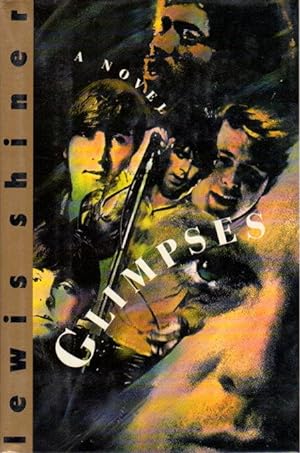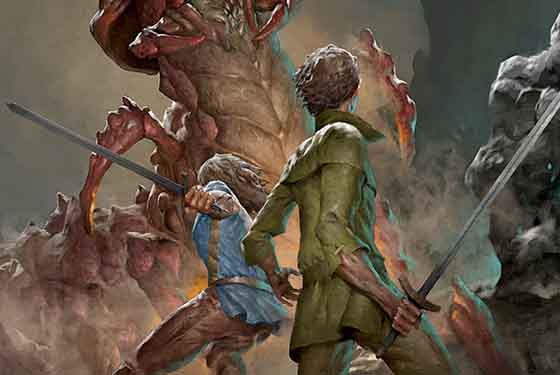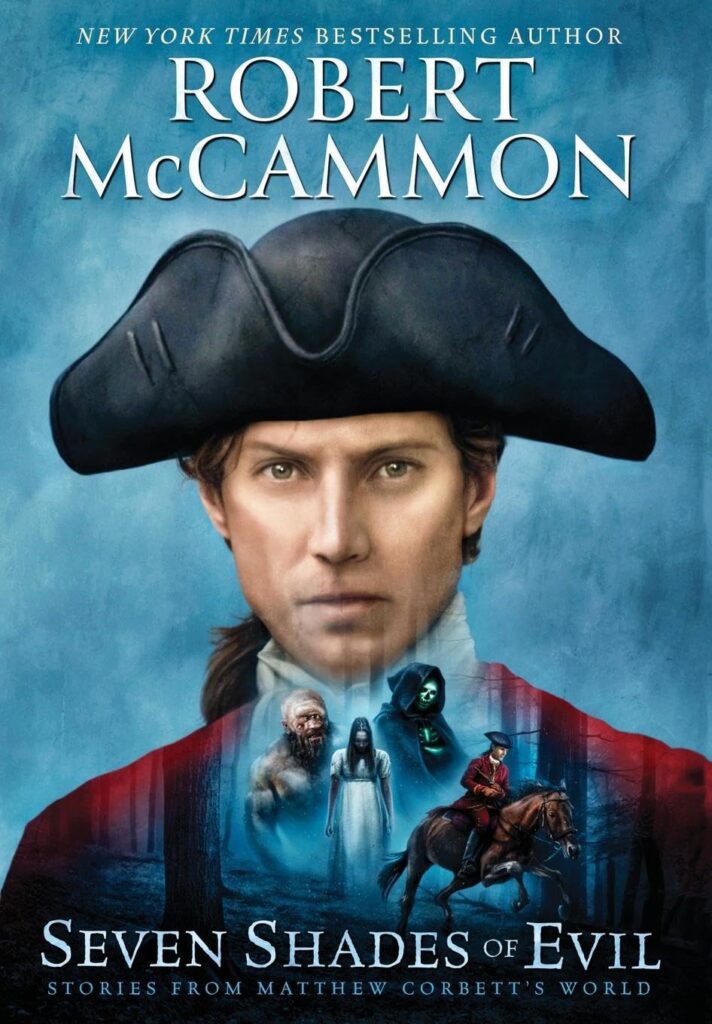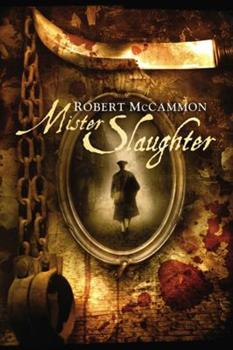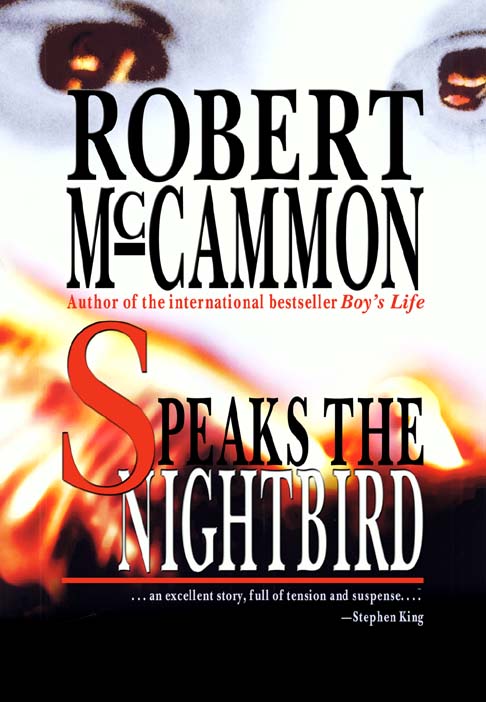I first read a Robert McCammon novel sometime in the early 1980s, when I read a handful of vampire novels, including ones by Bram Stoker, Stephen King, Anne Rice, and, of course, McCammon’s They Thirst.
Then, in the 1990s, on a different continent, I read a handful of McCammon paperback originals—The Wolf’s Hour, The Night Boat, Stinger, and Blue World. I tried to keep up with his books in hardback once his novels moved to that format, although I had to pause and backtrack when they only became available in expensive small press editions. Along the way, prior to those small press editions and as I switched to current hardcover books, I missed out on a trio of paperbacks—Swan Song, Bethany’s Sin, and Baal.
In terms of Swan Song, I don’t mind not having the paperback, as I was able to get the hardcover Dark Harvest edition via my brother-in-law, who at the time was a part-time book dealer with similar tastes in fiction. He even brought me back the book from a convention he attended, where McCammon had inscribed the book to me, even though I wasn’t there in person.
Lately, I’ve acquired a handful of these small press editions, usually the less expensive trade editions (many small press publishers create two to three different editions of the same book. The more expensive ones tend to have some extras, such as slip cases, or additional material). Now and then I’ve been lucky enough to find a few of the limited books by chance, notably Blue World (signed, limited edition) and The Border (just the “deluxe hardcover edition”), and all the Matthew Corbett books save The Queen of Bedlam. A few of the rarer ones remain beyond my price threshold.
However, I’ve finally reached the point again where I can buy newly released McCammon books as they are published, rather than deliberately hunt down available copies on the second-hand market, like I did with a hardcover copy of Bethany’s Sin and the pair of vampire westerns, I Travel by Night and Last Train from Perdition (there really needs to be a third, novel to wrap up the trilogy, but that likely won’t happen). Now and then I check a few online places for what’s currently listed.
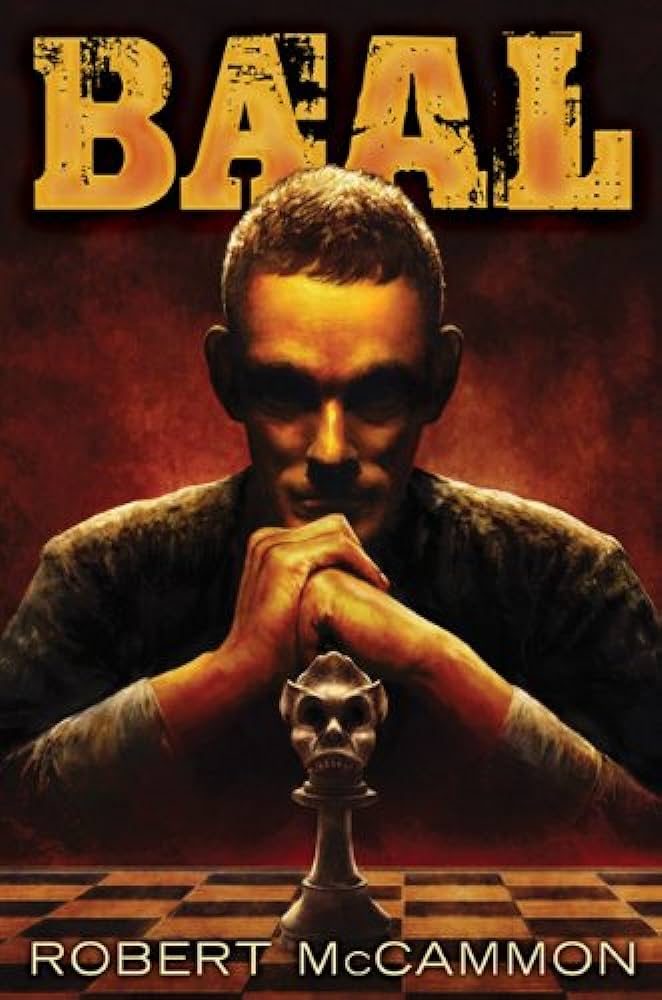
Then, recently I found an approachable (in terms of price) copy of the Subterranean Press edition of Baal, the only McCammon novel that I’ve never read. It’s also the first novel he wrote, back when he was only 25. Usually this novel fetches prices well in excess of $150, but in this case I found a copy for a third of that price. The cover looks grim, and a brief synopsis I read also portends a grim novel. Aside from this book, I think there only are two (maybe three) other McCammon books that I don’t own. I know of the Borderlands Press Little Book entry, and a small collection of Greystone Bay tales (small in size and number of stories).
